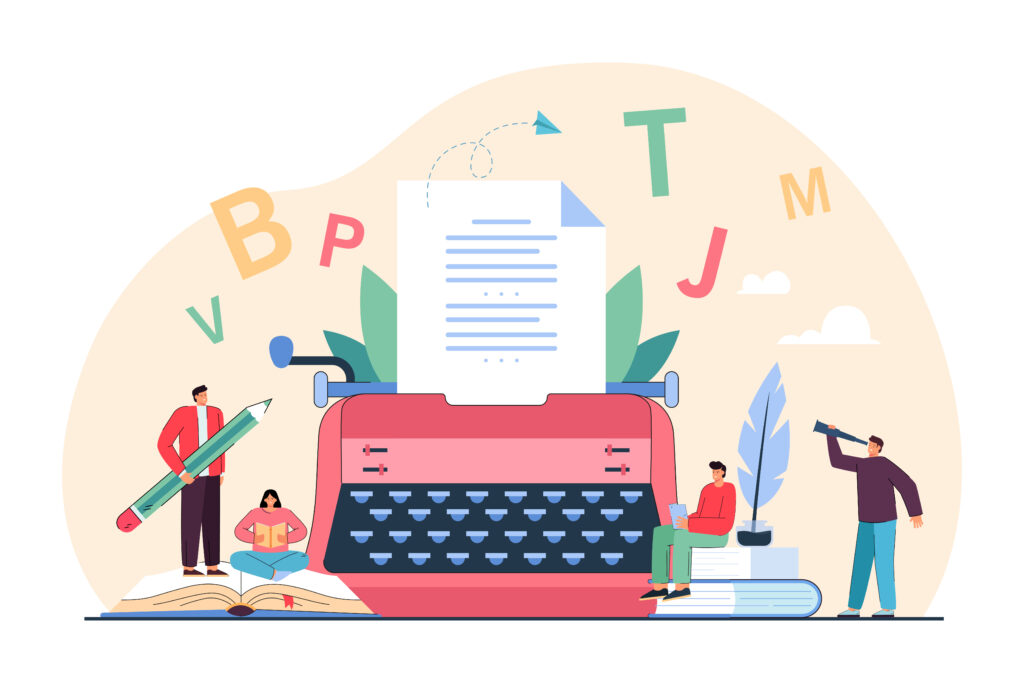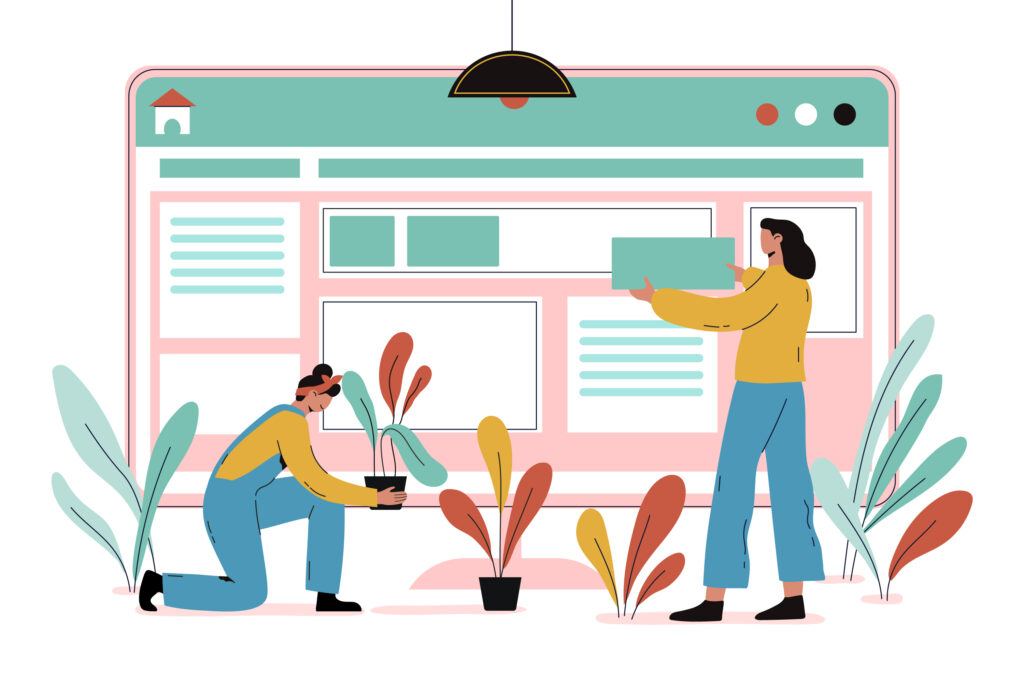Website Redesign Checklist: How to Assess Your Readiness
Website Redesign Checklist: How to Assess Your Readiness

Most redesigns fix one problem and reveal five more. Before you dive in, here’s how to step back, ask smarter questions, and avoid wasting time and budget.
Why a Redesign Alone Won’t Fix the Real Problem

Redesigning your website can feel like the obvious next step when something’s not working—conversion rates are flat, users complain about navigation, or leadership wants a more “modern” look. But a redesign rarely fixes everything. In fact, it often solves one problem… and uncovers five others you didn’t plan for.
Without clarity on what’s broken, what’s working, and what your users actually need, you risk pouring time and money into a shiny new site that still underperforms.
Before you kick off a redesign, pause. Ask the right questions. Because design is only one piece of the puzzle—and often not the biggest one.
What Redesigns Often Miss: 3 Real-World Examples
Here’s what can go wrong when you jump into redesign mode without stepping back first:
1. The Feature That Fell Flat
A client wanted to redesign their site to add a new self-serve tool. But once we looked closer, we discovered a bigger issue: they weren’t attracting the right traffic, and their existing content didn’t speak to the audience they were trying to reach with this feature. Without addressing those gaps first, the feature would’ve flopped—an expensive investment with little impact.
2. The CMS Swap That Wouldn’t Have Moved the Needle
Another company was eager to switch their content management system and had already engaged an IT agency. When I stepped in, we ran a quick website review. It turned out their navigation was overwhelming, and key content was buried or unreadable. Changing the CMS might have made updates easier—but it wouldn’t have fixed the user experience that was costing them leads.
3. The Confusing Navigation That Was Only Part of the Problem
A third client called me in to fix their confusing navigation. But when we ran a competitive audit, the issues ran deeper. Their tone of voice didn’t match their brand, their unique value proposition wasn’t clear, and the calls to action didn’t compel users to act. By overhauling the content strategy alongside the navigation, we saw a 35% increase in conversion.
That’s why I created the Website Readiness Checklist—but let’s walk through it step by step right here.
Questions to ask yourself before starting a redesign
1. Goals & Strategic Alignment: Why Are We Even Doing This?

Too many redesigns start with “The site looks outdated” or “We need to move to a new CMS.” While those may be valid observations, they’re symptoms—not reasons.
Before you do anything, ask:
- What business goal should the redesign support? (Lead gen? Conversion? Customer retention?)
- How will we define success—and how will we measure it?
- Are all stakeholders aligned, or are we solving five different problems at once?
- Have we gathered input from across the business and from real users?
Without strategic alignment, your redesign risks becoming a political compromise rather than a performance driver.
2. Audience Understanding & Customer Journey: Who Are We Designing For—And What Do They Need?

Marketing teams often rely on demographics, personas, or assumptions that are years out of date. But today’s web users are impatient and goal-oriented. If your redesign isn’t rooted in what real users actually do on your site, you’ll be redesigning in the dark.
Ask yourself:
- Do we know the top tasks our visitors want to complete?
- Where are they in their journey when they land on our homepage—or product pages?
- Have we mapped the full journey, from awareness to action?
- Have we validated our assumptions through interviews, surveys, or even watching users try to complete tasks?
A beautiful redesign won’t help if it’s not aligned to how people actually buy, browse, or look for help.
3. Content & Messaging: What Are We Saying—And Is It Working?

Content is often the biggest lever—and the most overlooked. It’s not just about updating text. It’s about speaking to your audience’s needs, pain points, and motivations.
Before redesigning around your current content, ask:
- Is our messaging clear, compelling, and benefit-driven?
- Are we clearly communicating what makes us different?
- What content currently drives traffic or engagement—and what’s being ignored?
- Do we know where content gaps exist in the user journey?
Many redesigns fail not because of poor design—but because of irrelevant or ineffective messaging.
4. Competitive Positioning: How Do We Stack Up?

Your users aren’t just visiting your site. They’re comparing you to 3–5 others—likely in the same tab group. If you don’t know how your site holds up against the competition, you’re missing a major piece of the puzzle.
Ask:
- Have we reviewed our competitors’ websites recently?
- Do we understand what they’re doing well—and where they fall short?
- Are we highlighting what makes us different (and better)?
- Are we using social proof, testimonials, and case studies to build trust?
Your site needs to position you as a leader in your space—not just look modern.
5. UX, Layout & Page Flow: Are We Guiding Users—or Losing Them?

This is where most redesigns start—but it’s actually where you should land after doing all the above. Page structure, flow, and hierarchy should support user behavior and business goals—not aesthetics alone.
Think about:
- Can a new visitor quickly understand where to go and what to do?
- Are we making the most important actions prominent and easy to find?
- Do our pages guide users toward one clear next step?
- Are we overwhelming users with too many choices—or not enough context?
Good UX isn’t about being clever—it’s about being clear.
6. Performance & Usability: Are We Even Measuring the Right Things?

A redesign should fix what’s broken—but do you know what is broken?
Check:
- Which pages have high bounce or exit rates—and why?
- Where are users getting stuck or abandoning their journey?
- Are we tracking user behavior in a meaningful way (not just pageviews)?
- Are we confident the site performs well across devices and loads quickly?
Without this baseline, you can’t measure impact—and you risk repeating the same mistakes.
Action Step: How to Get Started with the Website Readiness Checklist
The checklist I’ve put together isn’t just a worksheet—it’s a conversation starter, an internal alignment tool, and a sanity check before you pour time and budget into a redesign.
Here’s how to make the most of it:
Use it before you brief an agency or internal team.
Get clarity first. Whether you’re working with an external design agency or briefing internal stakeholders, use this checklist to make sure you’re aligned on the real problems and priorities.
Make it a collaborative exercise.
Share it with your team. Bring marketing, product, leadership, and even support into the conversation. The gaps in answers will show you where assumptions live—and where you need better alignment.
Treat it like a scorecard, not a test.
You don’t need to answer “yes” to everything. But the more gaps you uncover, the more likely your redesign needs a strategic pause—not just a visual refresh.
Use your results to guide next steps.
Missing clarity on user goals? Time for customer research. Content feeling weak? Consider a messaging audit. The checklist helps you identify not just what’s missing—but what to do about it.
I’ve turned this into a free Google Sheet you can duplicate and fill out.
Redesign With Clarity, Not Guesswork
A website redesign isn’t just a design project—it’s a business decision. And the most effective ones don’t start with wireframes or color palettes. They start with clarity.
Before you invest in a new CMS, add a flashy feature, or fix your homepage layout, take a step back. Use this checklist to ask better questions, uncover blind spots, and align your team around what really matters.
Because when you’re clear on the why, the what and how become a whole lot easier.
Grab the free Website Readiness Checklist and take 15 minutes to assess where you stand. It might just save you months of rework—and help you build a website that actually performs.
